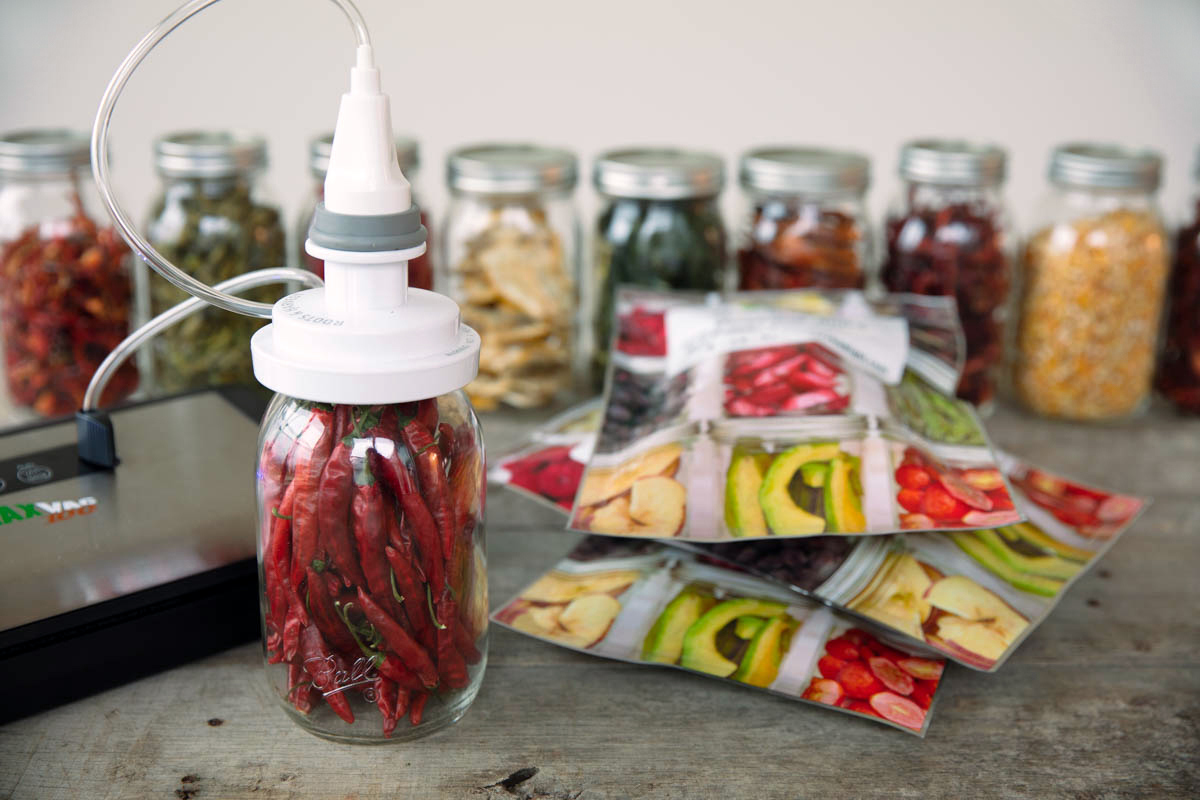

Articles
How To Store Dehydrated Foods
Modified: December 7, 2023
Learn effective methods and tips on storing dehydrated foods with our informative articles. Find out how to preserve the quality and prolong the shelf life.
(Many of the links in this article redirect to a specific reviewed product. Your purchase of these products through affiliate links helps to generate commission for Storables.com, at no extra cost. Learn more)
Introduction
Welcome to the world of dehydrated foods! Whether you are an avid hiker, a prepper, or simply someone who wants to extend the shelf life of their favorite fruits and vegetables, learning how to properly store dehydrated foods is essential. Dehydration is a method of food preservation that removes moisture from the food, making it lightweight, compact, and less prone to spoilage. In addition to the convenience and practicality of dehydrated foods, they also retain most of their nutritional value, making them a healthy and sustainable option.
In this article, we will explore the benefits of storing dehydrated foods, the different types of containers suitable for long-term storage, proper preparation methods before storing, and specific guidelines for storing different types of dehydrated foods such as fruits, vegetables, meats, herbs, and spices. We will also provide useful tips to maximize the shelf life of your dehydrated foods and discuss the importance of labeling and organizing your stored items.
So, whether you are embarking on a backpacking adventure, trying to minimize food waste, or stocking up on emergency supplies, read on to discover the secrets of storing dehydrated foods and ensure that your provisions stay fresh and delicious for months, if not years, to come.
Key Takeaways:
- Properly storing dehydrated foods preserves their flavor, nutrition, and shelf life. Choose airtight containers, maintain a cool, dark environment, and follow proper preparation methods for optimal results.
- Label and organize your dehydrated foods for easy access and inventory management. Regularly inspect and rotate your stock to ensure freshness and minimize waste.
Read more: How To Store Dehydrated Lemons
Benefits of Storing Dehydrated Foods
Storing dehydrated foods offers numerous benefits that make it a popular choice for outdoor enthusiasts, busy families, and individuals seeking long-term food storage solutions. Let’s explore some of the key advantages:
- Extended Shelf Life: Dehydration significantly reduces the moisture content of foods, inhibiting the growth of bacteria, mold, and yeast that cause spoilage. Properly dehydrated and stored foods can last for months or even years, allowing you to stock up on seasonal produce or create an emergency food supply.
- Preservation of Nutritional Value: Unlike canning or freezing, dehydration preserves most of the vitamins, minerals, and enzymes present in the fresh food. This ensures that you can enjoy the nutritional benefits of fruits, vegetables, and meats even when they are not in season.
- Lightweight and Compact: Dehydrated foods are lightweight and take up minimal space, making them ideal for outdoor activities such as hiking, camping, or backpacking. They are also convenient for individuals with limited storage space.
- Cost Savings: Dehydrating your own foods can be a cost-effective alternative to purchasing pre-packaged dehydrated items. By buying in bulk or utilizing surplus produce, you can save money and reduce food waste.
- Versatility in Meal Preparation: Dehydrated foods can be rehydrated for use in a wide range of dishes, including soups, stews, casseroles, and baked goods. They can also be consumed as portable snacks, trail mixes, or added to smoothies and breakfast cereals.
- Avoidance of Additives and Preservatives: When you dehydrate your own foods, you have control over the ingredients used, ensuring that no additives, preservatives, or artificial flavors are included.
By harnessing the power of dehydration, you can enjoy these benefits and have a supply of nutritious, lightweight, and easily transportable foods ready for any adventure or unforeseen circumstance.
Choosing the Right Containers for Storing Dehydrated Foods
When it comes to storing dehydrated foods, selecting the right containers is crucial to maintaining freshness and preventing moisture or pest infiltration. Here are some factors to consider when choosing containers for your dehydrated foods:
- Airtightness: The containers you choose should be airtight to prevent air from entering and moisture from getting in. This helps to preserve the quality and extend the shelf life of the dehydrated foods. Look for containers with tight-fitting lids or consider using vacuum-sealed bags or jars for ultimate airtightness.
- Material: Opt for containers made from food-grade materials such as glass, stainless steel, or BPA-free plastic. These materials are safe for long-term food storage and do not react with the dehydrated foods, ensuring that the taste and quality remain intact.
- Transparency: Using transparent or translucent containers allows you to easily identify the contents inside without having to open them. This saves time and helps to maintain the freshness of the other items in storage.
- Durability: Choose containers that are durable and resistant to breakage, especially if you plan to transport or handle them frequently. Consider the potential for impact, temperature changes, and how well the containers will hold up over time.
- Stackability: If you have limited storage space, selecting containers that stack well can help maximize your available area. This ensures efficient use of space and easy access to your stored dehydrated foods.
- Pest Resistance: To protect your dehydrated foods from pests such as insects or rodents, opt for containers with airtight seals or consider using additional measures like oxygen absorbers or silica gel packets to deter moisture and prevent infestations.
It is worth noting that storing dehydrated foods in multiple smaller containers rather than one large container can be beneficial. This allows you to access the desired amount without exposing the entire supply to air and moisture.
In summary, choosing the right containers for storing dehydrated foods involves considering factors such as airtightness, material, transparency, durability, stackability, and pest resistance. By investing in quality containers, you can ensure that your dehydrated foods remain fresh, tasty, and safe to consume for an extended period.
Proper Preparation Methods Before Storage
Before storing your dehydrated foods, it is important to follow proper preparation methods to ensure their quality and longevity. Here are some essential steps to take before storing your dehydrated goodies:
- Cooling: Allow your dehydrated foods to cool completely after the dehydration process. This helps to prevent condensation and moisture buildup in the containers, which can lead to spoilage.
- Conditioning: Conditioning is an optional but highly recommended step for certain dehydrated foods, particularly fruits. To condition your fruits, place them in airtight containers and shake them daily for one to two weeks. This distributes any remaining moisture evenly throughout the fruit pieces, ensuring a more consistent texture and flavor.
- Cleaning and Drying: Before storage, ensure that your containers are clean and dry. Any residual moisture or food particles can introduce moisture and promote bacterial growth. Wash containers with warm, soapy water, rinse thoroughly, and allow them to air dry before use.
- Oxygen Absorbers: Consider using oxygen absorbers in your containers to remove any remaining oxygen. Oxygen can cause food spoilage and degradation, so using absorbers can help extend the shelf life of your dehydrated foods. Follow the manufacturer’s instructions for the appropriate size and quantity of oxygen absorbers.
- Storage Environment: Choose a cool, dark, and dry location for storing your dehydrated foods. Exposure to light, heat, and fluctuations in temperature can accelerate the deterioration of the food. Aim for a temperature between 50°F and 70°F (10°C and 21°C) for optimal storage conditions.
- Labeling: Properly label your containers with the contents and date of storage. This helps you keep track of your inventory, identify foods easily, and ensure that you consume the oldest items first.
By following these preparation methods, you will be able to maintain the quality, flavor, and nutritional value of your dehydrated foods. Taking these extra steps will provide you with peace of mind knowing that your stored provisions are well-prepared and ready for consumption when needed.
Storing Dehydrated Fruits
Dehydrated fruits are a delightful and nutritious snack that can be enjoyed year-round. Proper storage is key to maintaining their flavor and texture. Here’s how to store dehydrated fruits:
- Container Selection: Choose airtight containers made of glass, plastic, or metal with tight-fitting lids. Mason jars or resealable food-grade plastic bags are excellent options.
- Single-Fruit Storage: If you are storing only one type of fruit, place it in a container and seal it tightly. Label the container with the fruit name and date of storage.
- Mixed-Fruit Storage: If you want to store a mix of dehydrated fruits, ensure they are dried to a similar level to prevent moisture transfer. Use separate containers or dividers within a larger container to keep the fruits separated and maintain their individual flavors and textures.
- Moisture Control: To further protect the quality of your dehydrated fruits, consider adding an oxygen absorber packet to each container to remove any remaining air and moisture. This will help prevent spoilage and extend the shelf life.
- Storage Conditions: Store your dehydrated fruits in a cool, dark, and dry place. Avoid exposure to sunlight, heat, or humidity, as these can cause the fruits to reabsorb moisture and become soft and sticky.
- Suggested Shelf Life: Dehydrated fruits can generally be stored for 1 to 2 years when properly dehydrated and stored in suitable containers. However, for optimal flavor and quality, it is recommended to consume them within 6 to 12 months.
- Checking for Freshness: Before consumption, check the dehydrated fruits for any signs of spoilage, such as mold growth, off smells, or unusual textures. If the fruits appear discolored or have an off taste, it’s best to discard them.
Dehydrated fruits are versatile and can be enjoyed as a standalone snack or added to baked goods, trail mixes, granola, or yogurt. By storing them properly, you can ensure their longevity and maintain their delicious taste for whenever you crave a healthy and flavorful treat.
Read more: How To Store Dehydrated Apples
Storing Dehydrated Vegetables
Dehydrated vegetables provide a convenient and nutritious addition to your pantry. Whether you’ve dried your own vegetables or purchased them, proper storage is crucial for maintaining their quality and flavor. Here are some guidelines for storing dehydrated vegetables:
- Container Selection: Choose airtight containers made of glass, plastic, or metal with tight-fitting lids. Mason jars, food-grade plastic bags, or vacuum-sealed bags work well for storing dehydrated vegetables.
- Single-Vegetable Storage: If you’re storing only one type of dehydrated vegetable, place it in a labeled container or resealable bag, ensuring there’s minimal air inside. Label the container with the vegetable name and date of storage.
- Mixed-Vegetable Storage: For storing a mix of dehydrated vegetables, keep in mind that different vegetables may have different moisture contents. It is best to dry them to a similar texture and moisture level before mixing them together in a container. Consider using separate containers or dividers within a larger container to prevent flavors from mingling.
- Moisture Control: To maintain the quality of your dehydrated vegetables, add a moisture-absorbing packet or oxygen absorber to each container. This helps remove any remaining moisture and prevents spoilage.
- Storage Conditions: Store your dehydrated vegetables in a cool, dry, and dark place to protect them from heat, sunlight, and humidity. Exposing them to moisture can cause them to rehydrate, leading to spoilage.
- Suggested Shelf Life: When properly dehydrated and stored, dehydrated vegetables can have a long shelf life, ranging from 1 to 2 years. However, for optimal flavor and nutritional value, it is recommended to consume them within 6 to 12 months.
- Rehydrating: To use your dehydrated vegetables in recipes, rehydrate them by soaking them in water or stock for a specific period of time, typically 15 to 30 minutes. The vegetables will absorb the liquid and regain their original texture and flavor.
Dehydrated vegetables are versatile and can be used in a variety of dishes, including soups, stews, stir-fries, and casseroles. By storing them properly, you can ensure that your dehydrated vegetables remain flavorful, nutritious, and ready to enhance your culinary creations for months, if not years, to come.
Store dehydrated foods in airtight containers or vacuum-sealed bags to prevent moisture and air from getting in. Keep them in a cool, dark place to maintain their quality and shelf life.
Storing Dehydrated Meats
Dehydrated meats are a valuable source of protein and a versatile addition to your emergency supplies or outdoor adventures. Proper storage is essential to ensure their safety and quality. Here’s how to store dehydrated meats:
- Container Selection: Choose airtight containers made of glass, plastic, or metal with tight-fitting lids. Mason jars, food-grade plastic bags, or vacuum-sealed bags are suitable options for storing dehydrated meats.
- Single-Meat Storage: If you’re storing only one type of dehydrated meat, place it in a labeled container or resealable bag. Remove as much air as possible to prevent oxidation and moisture absorption. Label the container with the meat type and date of storage.
- Mixed-Meat Storage: If you’re combining different types of dehydrated meats, ensure that they have similar moisture levels to prevent moisture transfer and spoilage. Consider using separate containers or dividers to keep different meats separate and maintain their individual flavors.
- Moisture Control: Moisture can lead to microbial growth and spoilage, so it’s essential to add a moisture-absorbing packet or oxygen absorber to each container of dehydrated meats. This helps remove any remaining moisture and extends their shelf life.
- Storage Conditions: Store your dehydrated meats in a cool, dry, and dark environment to protect them from heat, sunlight, and humidity. Excessive moisture can cause bacteria to grow and compromise the safety of the meat.
- Suggested Shelf Life: When properly dehydrated and stored, dehydrated meats can have a shelf life of 1 to 2 years. However, for maximum flavor, texture, and safety, it is recommended to consume them within 6 to 12 months.
- Rehydration and Cooking: Before consuming dehydrated meats, they need to be rehydrated by soaking them in water or broth. Follow the recommended instructions for rehydration time and cooking methods to ensure that the meats are fully rehydrated and safe to eat.
- Regular Inspection: Regularly inspect your stored dehydrated meats for signs of spoilage, including mold, off odors, or changes in color or texture. If any of these signs are present, discard the meat immediately.
Dehydrated meats provide a convenient and long-lasting source of protein for your meals. By following these storage guidelines, you can ensure that your dehydrated meats remain safe, flavorful, and ready to use in a variety of dishes, from stews and casseroles to sandwiches and jerky snacks.
Storing Dehydrated Herbs and Spices
Dehydrated herbs and spices are a pantry staple for adding flavor and aroma to your culinary creations. Proper storage is essential to maintain their potency and extend their shelf life. Here’s how to store dehydrated herbs and spices:
- Container Selection: Choose airtight containers made of glass, metal, or ceramic with tight-fitting lids. Small glass jars with rubber seals or spice containers with shaker lids are ideal for keeping herbs and spices fresh.
- Labeling: Label each container with the herb or spice name and the date of storage. This ensures you can easily identify the contents and use the oldest items first.
- Dry Storage: Store your dehydrated herbs and spices in a cool, dry, and dark location. Exposure to heat, sunlight, or moisture can cause them to lose their flavor and potency. Avoid placing them near the stove or in a humid environment like above the sink.
- Avoid Direct Light: Keep your herbs and spices away from direct sunlight, as it can degrade their quality over time. Consider using opaque or tinted containers to further protect them from light exposure.
- Minimize Air Exposure: Air can cause herbs and spices to lose their flavor and aroma. Fill the containers as much as possible to minimize the airspace inside, or use smaller containers that fit the quantity of herbs and spices to reduce air exposure.
- Whole vs. Ground: If possible, store your herbs and spices in their whole form and grind them as needed. Whole herbs and spices tend to retain their flavor and aroma better than pre-ground ones. If using pre-ground spices, make sure they are stored in airtight containers to slow down flavor loss.
- Avoid Moisture: Moisture can lead to mold and bacterial growth, compromising the quality of your herbs and spices. Ensure that the containers are completely dry before storing them and avoid introducing any moisture into the containers.
- Regular Rotation: To maintain the best flavor, use your dehydrated herbs and spices within 1 to 3 years. Over time, they may lose their potency and aroma, so it’s essential to rotate and replenish your stock regularly.
- Proper Grinding: If you need to grind your dehydrated herbs and spices, use a dedicated spice grinder or mortar and pestle. This ensures that the flavors are released effectively and uniformly.
With proper storage, your dehydrated herbs and spices will retain their flavor and aroma, allowing you to enhance your recipes with the perfect seasoning. By following these guidelines, you can ensure a well-stocked spice collection that adds depth and complexity to your dishes for years to come.
Tips for Maximizing the Shelf Life of Dehydrated Foods
Proper storage and handling of dehydrated foods are essential for maximizing their shelf life and maintaining their quality. Follow these tips to ensure your dehydrated foods stay fresh and safe to consume:
- Thorough Dehydration: Ensure your foods are thoroughly dehydrated before storing them. Proper dehydration removes most of the moisture, preventing bacterial growth and spoilage.
- Proper Packaging: Use airtight containers made of glass, plastic, or metal with tight-fitting lids to store your dehydrated foods. This helps prevent exposure to air, moisture, and pests.
- Oxygen Absorbers: Consider adding oxygen absorbers to your containers to further reduce the oxygen content, preventing oxidation and extending the shelf life of your dehydrated foods.
- Desiccant Packs: Use desiccant packs or silica gel packets to absorb any residual moisture in the containers. Moisture can lead to spoilage and reduce the shelf life of dehydrated foods.
- Cool and Dry Storage: Store your dehydrated foods in a cool, dark, and dry place. Keep them away from direct sunlight, heat sources, and areas prone to humidity. Excessive heat or moisture can lead to spoilage or loss of quality.
- Rotate and Use FIFO: Practice the “first in, first out” (FIFO) method to use your oldest dehydrated foods first. Regularly rotate your stock to ensure you consume the items before their quality deteriorates.
- Avoid Contamination: Keep your dehydrated foods away from strong odors, chemicals, and substances that can taint their flavor and aroma. Store them separately from cleaning products, spices, or other strong-smelling items.
- Regular Inspection: Regularly inspect your stored dehydrated foods for signs of spoilage, such as mold, unusual odors, or discoloration. If you notice any of these signs, discard the affected items immediately.
- Proper Rehydration: Follow recommended rehydration methods for your dehydrated foods before consumption. Soaking them in water or other liquids for the appropriate amount of time will ensure they regain their original texture and taste.
- Monitoring Shelf Life: Label and date your containers to keep track of the shelf life of your dehydrated foods. Properly stored dehydrated fruits, vegetables, meats, herbs, and spices can generally last from several months to a couple of years.
By following these tips, you can maximize the shelf life of your dehydrated foods and enjoy their quality and flavor for an extended period. Proper storage, handling, and regular inspection are key to ensuring that your dehydrated provisions are always ready for consumption when you need them.
Read more: How To Store Dehydrated Tomatoes
Labeling and Organizing Your Stored Dehydrated Foods
Labeling and organizing your stored dehydrated foods is essential for easy access, inventory management, and maintaining freshness. By following these tips, you can ensure that your dehydrated provisions are well-organized and readily available when you need them:
- Clear Labels: Label each container with the name of the food item and the date it was stored. This information allows you to easily identify and use the oldest items first, ensuring proper rotation.
- Consistent Labeling Format: Use a consistent format for your labels. Consider including additional information such as the drying method, any seasonings or spices used, and specific instructions for rehydration.
- Inventory List: Maintain an inventory list to keep track of the types and quantities of dehydrated foods you have in storage. Update the list as you add or use items. This helps you plan meals and restock as needed.
- Grouping by Food Type: Organize your dehydrated foods by category or food type. Group similar items together, such as fruits, vegetables, meats, herbs, and spices, making it easier to locate specific items when needed.
- Separate Storage Containers: Use separate containers or dividers within larger containers to keep different types of dehydrated foods separated. This prevents flavors from mingling and makes it easier to access specific items without disturbing others.
- Optimal Storage Conditions: Store your dehydrated foods in a cool, dark, and dry space. Consider using shelves, racks, or clear storage bins to keep your provisions organized and easily visible.
- Placement: Place frequently used items within easy reach for quick access. Reserve more accessible space for foods you will use regularly, and less accessible areas for long-term storage or emergency supplies.
- Regular Inspection and Rotation: Regularly inspect your stored dehydrated foods for any signs of spoilage. Check the labels to ensure their freshness, and rotate your stock by using the oldest items first to prevent any waste.
- Replenishment: As you use or deplete your supply of dehydrated foods, make a note to replenish them. This ensures that you always have a well-stocked pantry and are prepared for future needs.
- Consider Storage Tools: Utilize storage tools such as shelves, baskets, or stackable containers to optimize space and keep your dehydrated foods organized and easily accessible. This will help maintain order and prevent clutter in your storage area.
By labeling and organizing your stored dehydrated foods, you can simplify meal planning, minimize waste, and know exactly what provisions you have available at any given time. These practices also help ensure that your dehydrated foods remain fresh, maximizing their flavor and nutritional value when you need them most.
Conclusion
Properly storing dehydrated foods is essential for preserving their quality, flavor, and nutritional value. Whether you are preparing for outdoor adventures, reducing food waste, or building an emergency food supply, following the right storage practices will ensure that your dehydrated foods remain fresh and ready to use for extended periods.
By choosing the right containers, such as airtight jars or bags, and thoroughly preparing your dehydrated foods before storage, you can safeguard them from moisture, pests, and oxidation. Properly labeling and organizing your stored provisions allows for easy access, rotation, and inventory management.
Maintaining a cool, dark, and dry storage environment is crucial for maximizing the shelf life and quality of dehydrated fruits, vegetables, meats, herbs, and spices. Regularly inspecting your stored foods and practicing the “first in, first out” (FIFO) method ensures that you consume the oldest items first and minimize waste.
Remember to rehydrate dehydrated foods properly before consumption, following recommended methods for each specific food. This ensures that you regain their original texture and flavor.
Whether you’re an outdoor enthusiast, a prepper, or simply looking to extend the shelf life of your favorite foods, the benefits of storing dehydrated foods are undeniable. You can enjoy extended shelf life, preserved nutritional value, lightweight and compact storage, cost savings, versatility in meal preparation, and avoidance of additives and preservatives.
By incorporating these storage practices into your routine, you can confidently build a pantry stocked with flavorful dehydrated foods that will sustain you and your loved ones during outdoor adventures, emergencies, or everyday meals. So, get started with dehydrating your favorite fruits, vegetables, meats, herbs, and spices, and embark on a journey of delicious, nutritious, and long-lasting provisions.
Frequently Asked Questions about How To Store Dehydrated Foods
Was this page helpful?
At Storables.com, we guarantee accurate and reliable information. Our content, validated by Expert Board Contributors, is crafted following stringent Editorial Policies. We're committed to providing you with well-researched, expert-backed insights for all your informational needs.
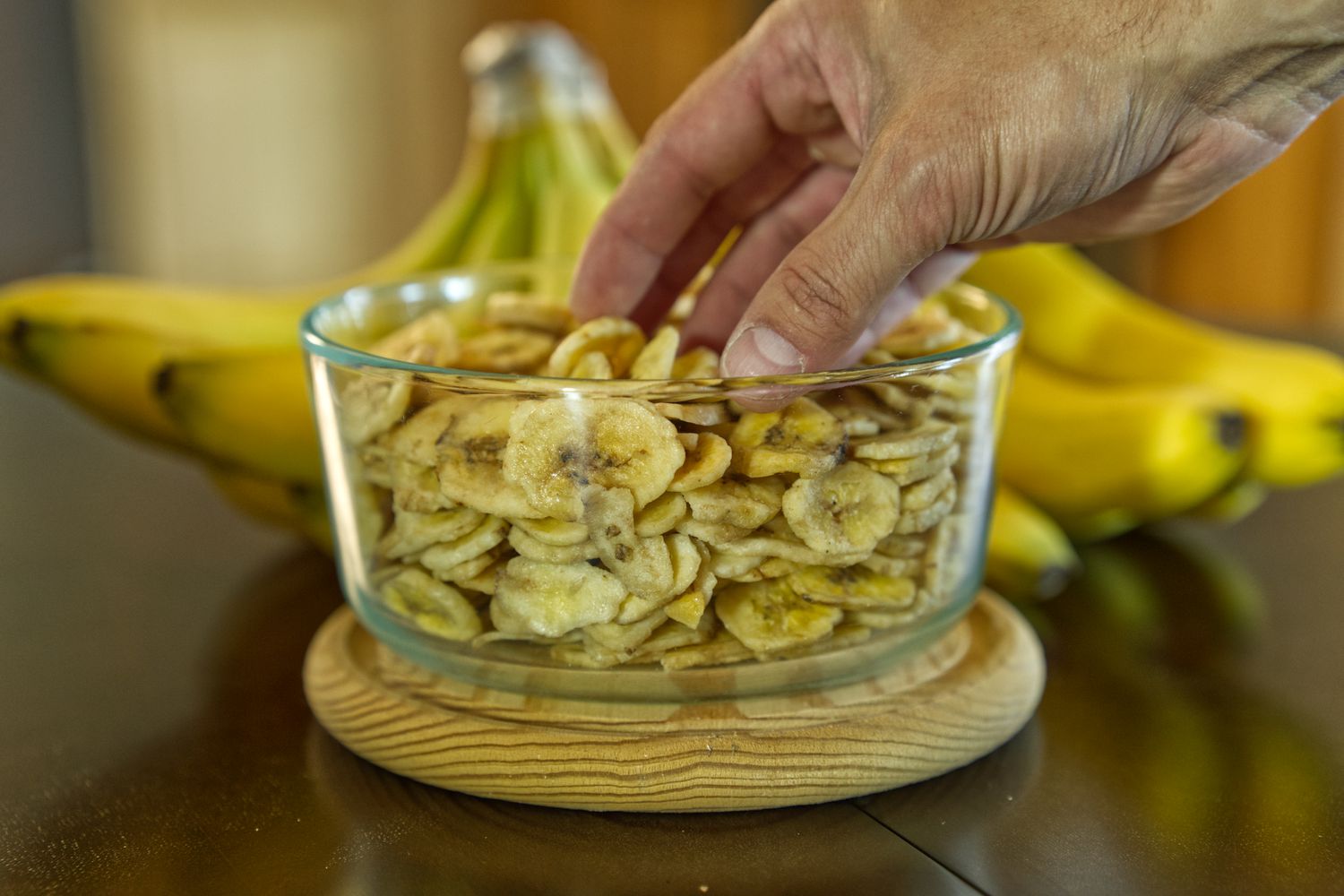


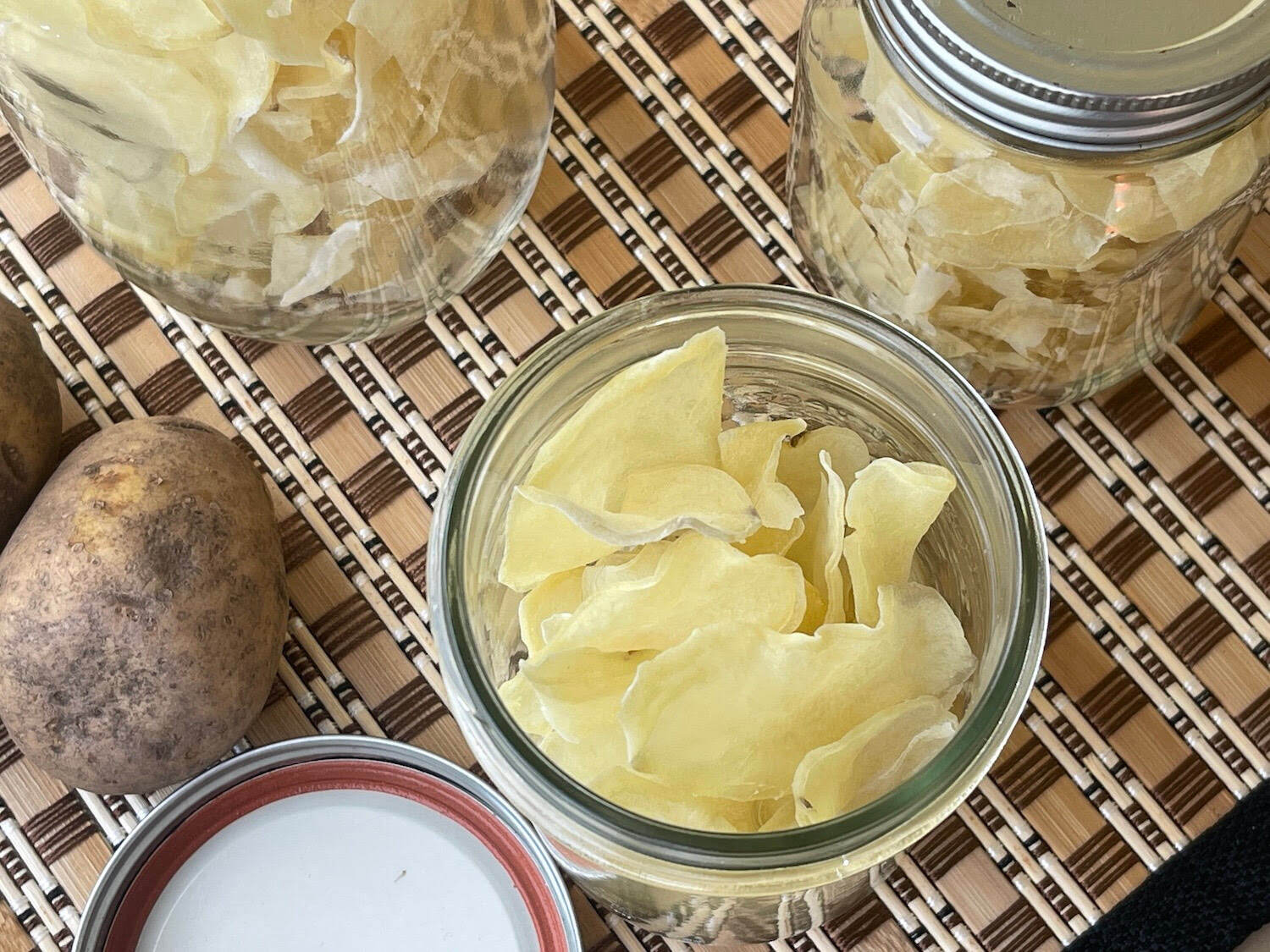
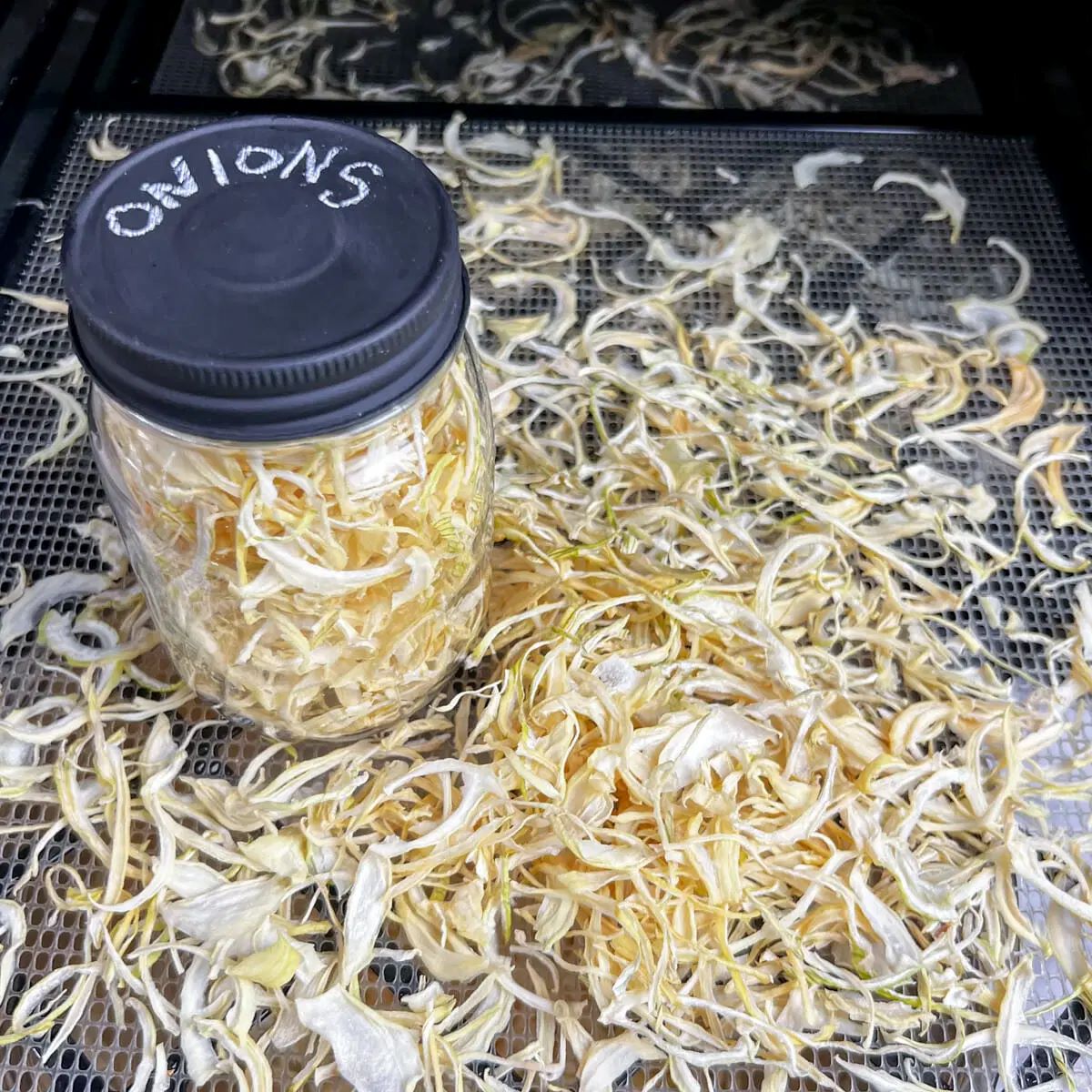
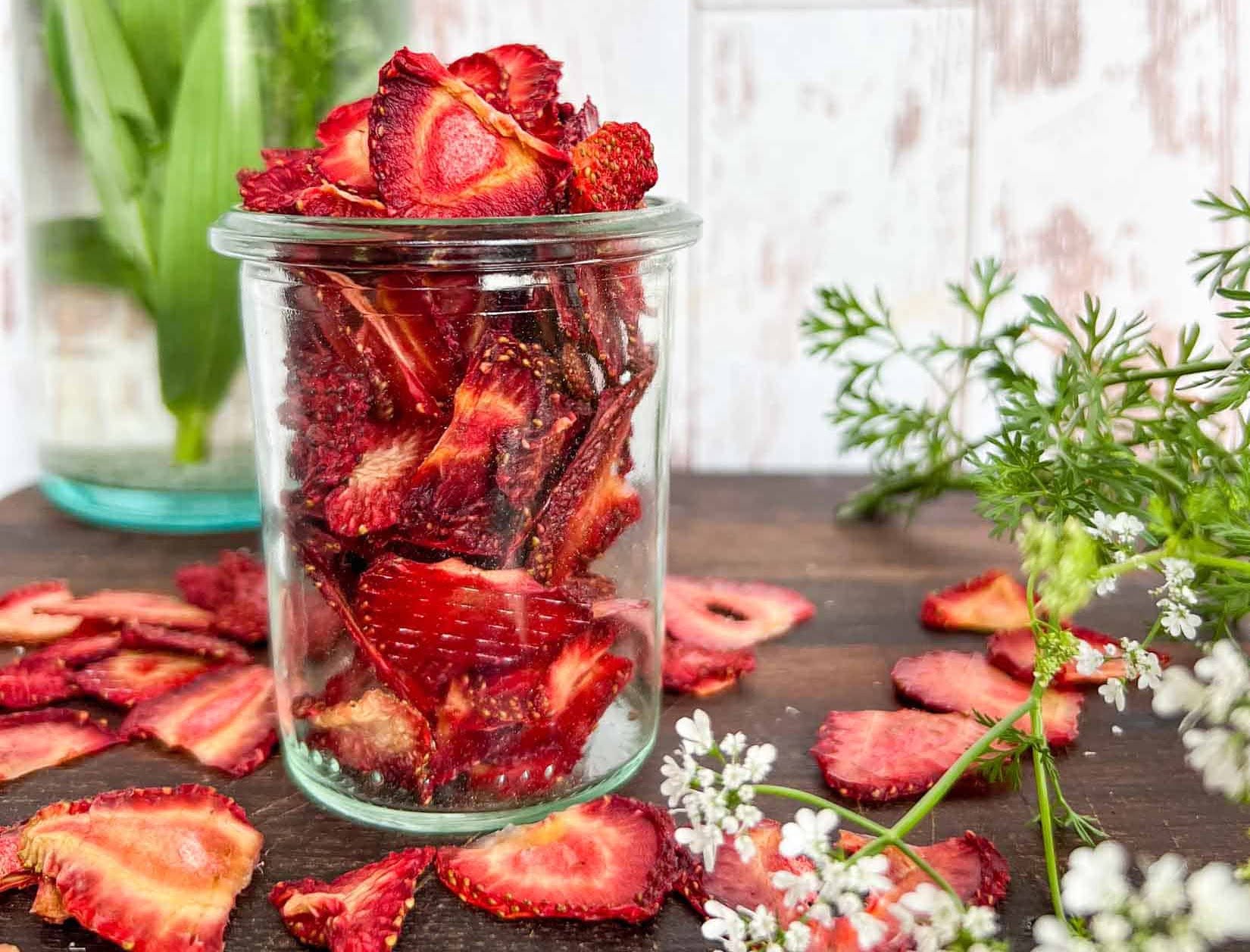
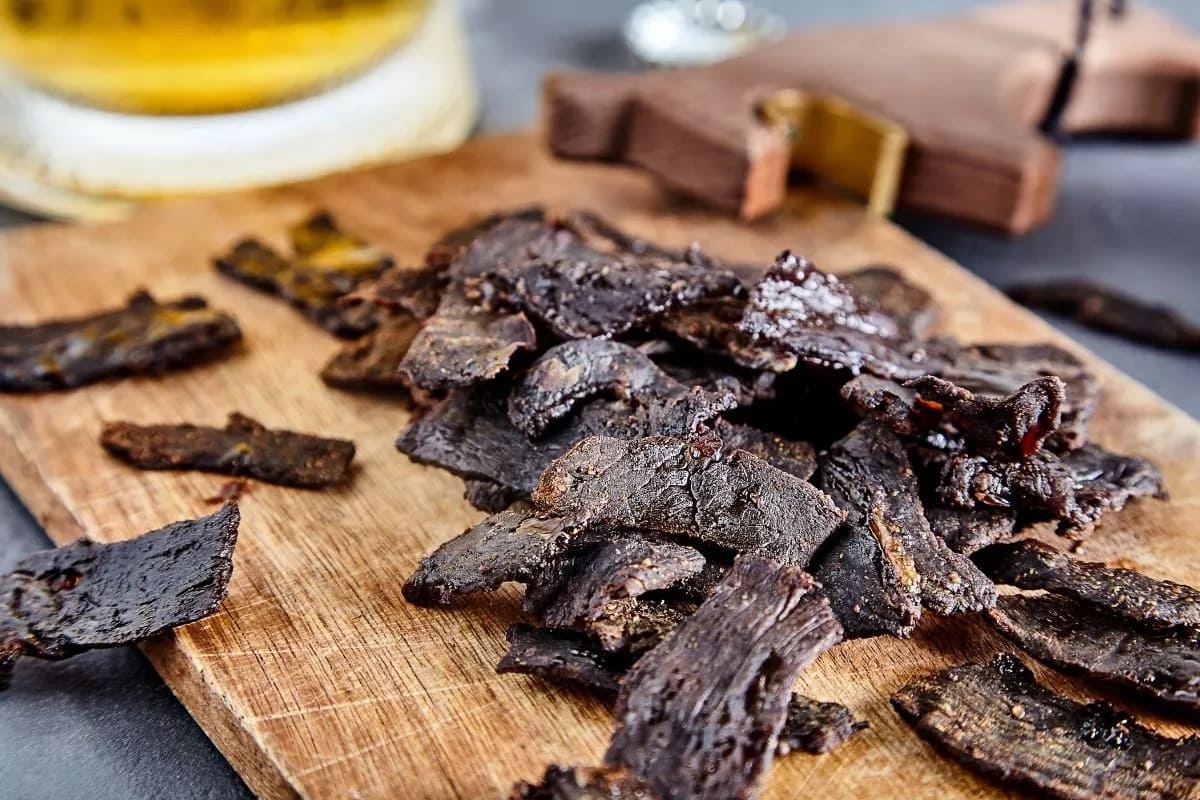
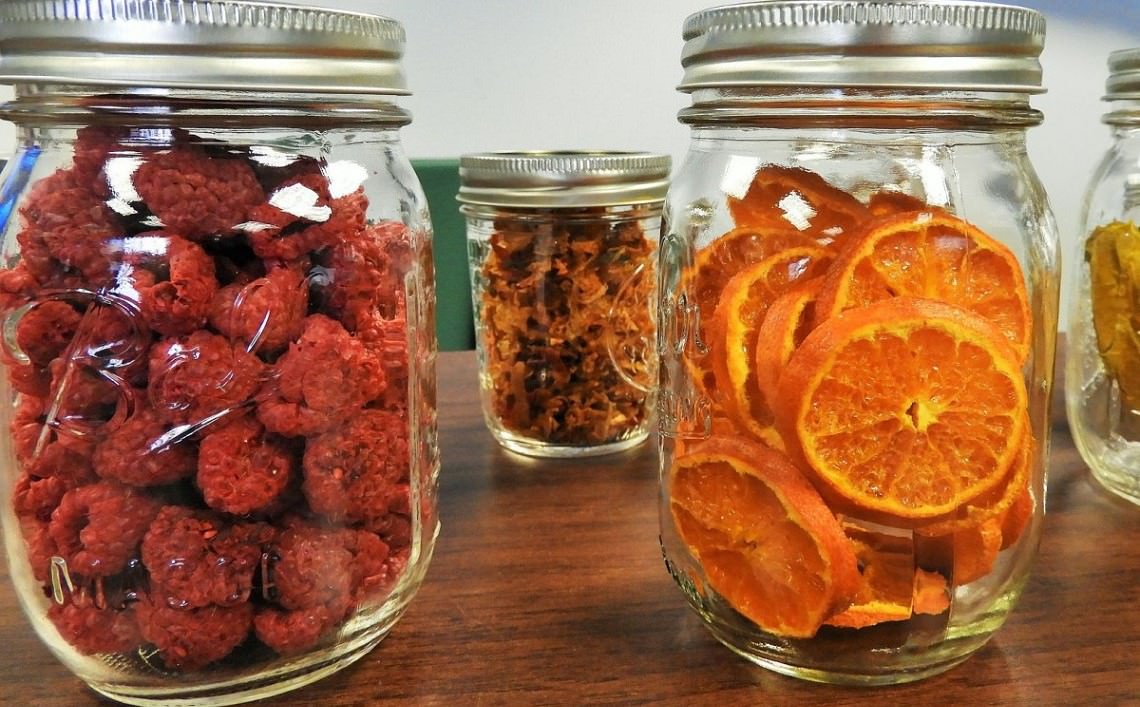
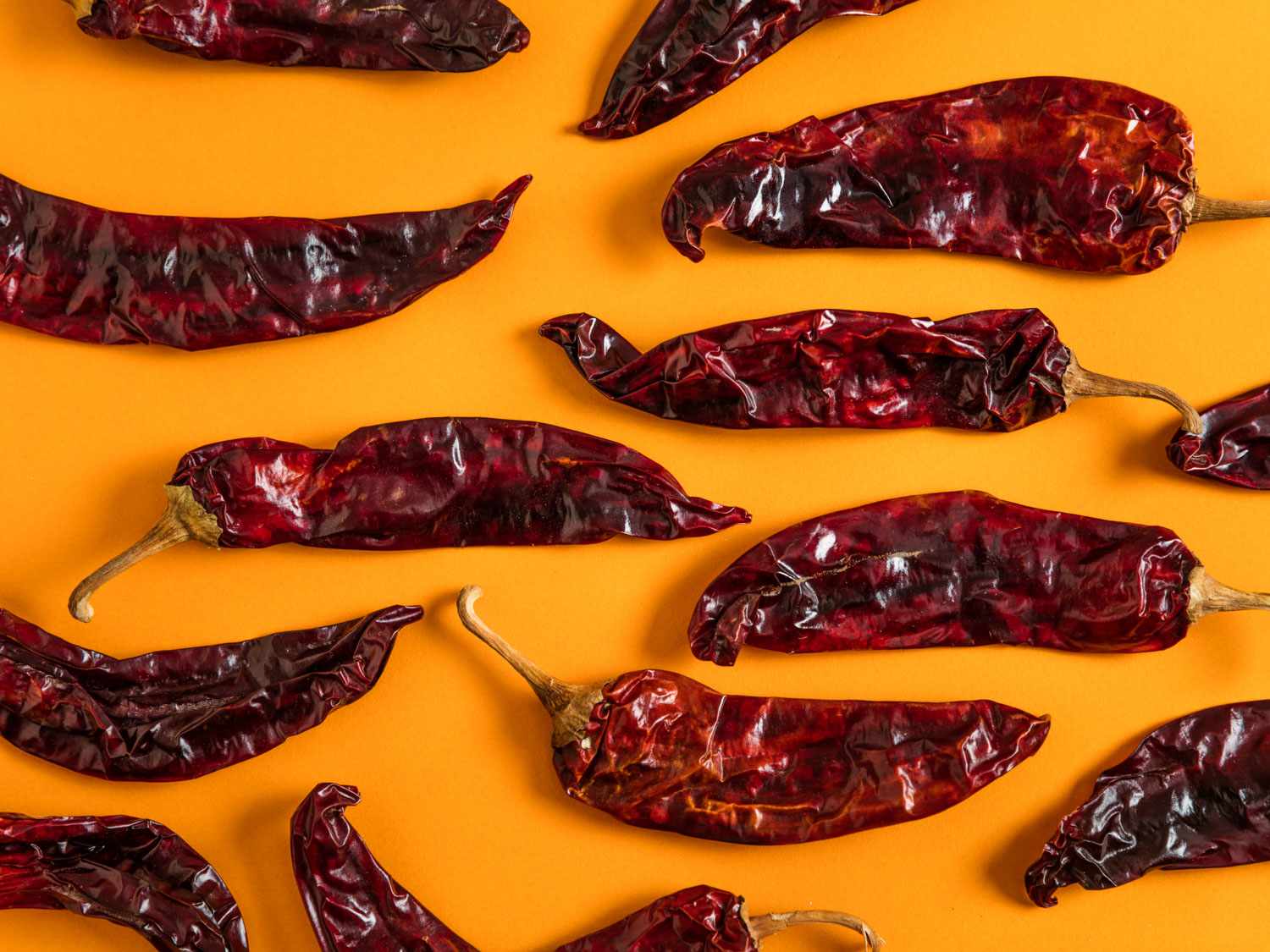
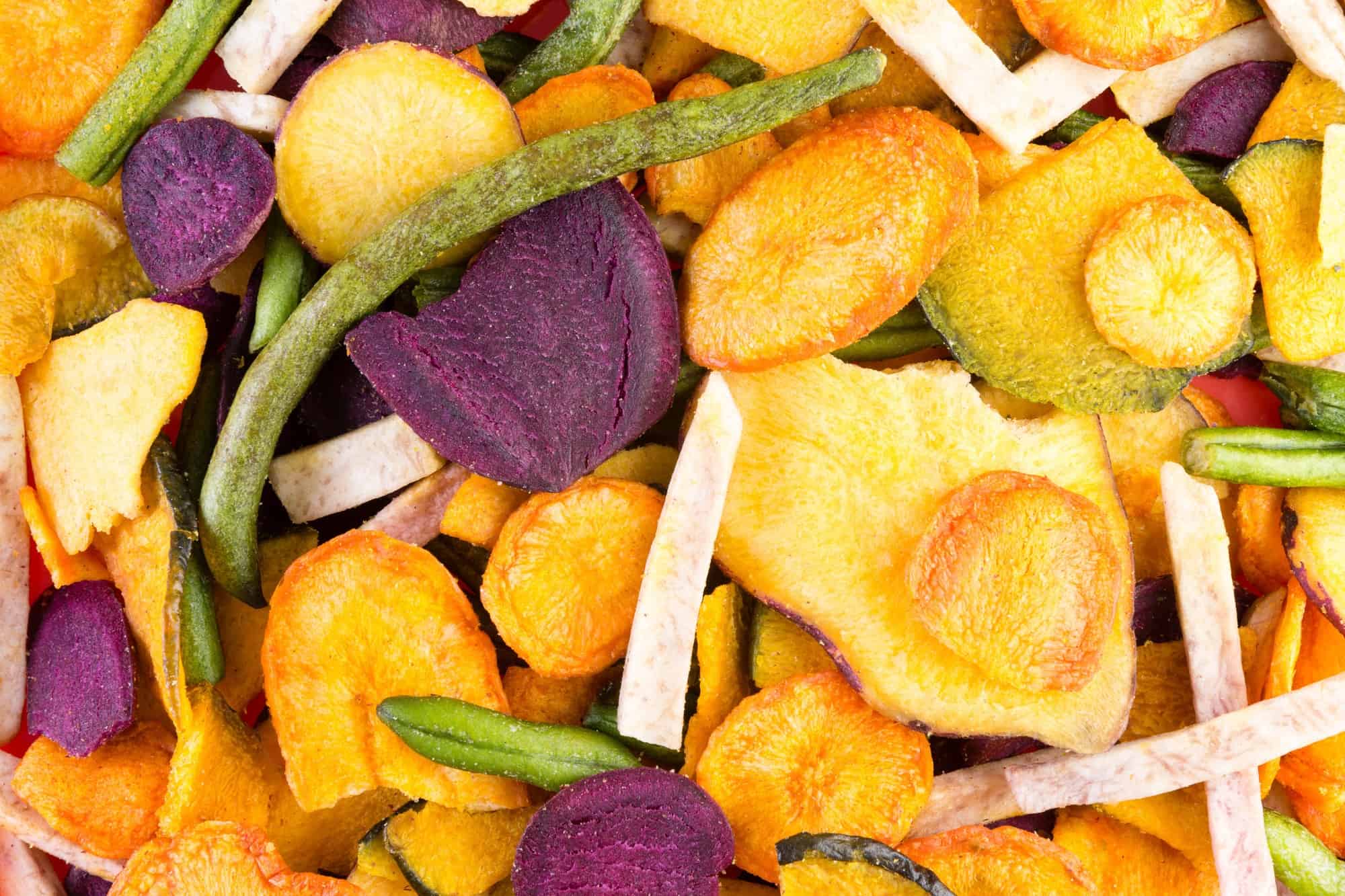
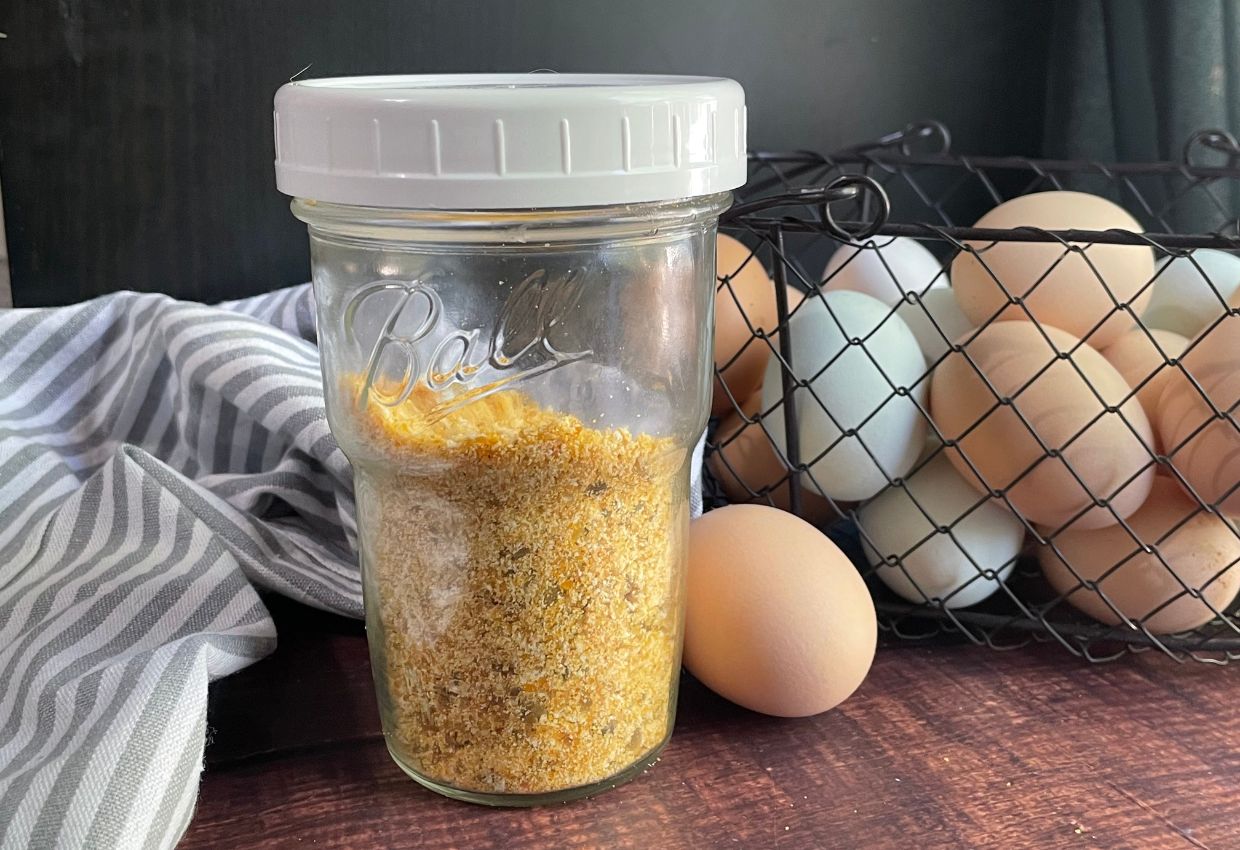
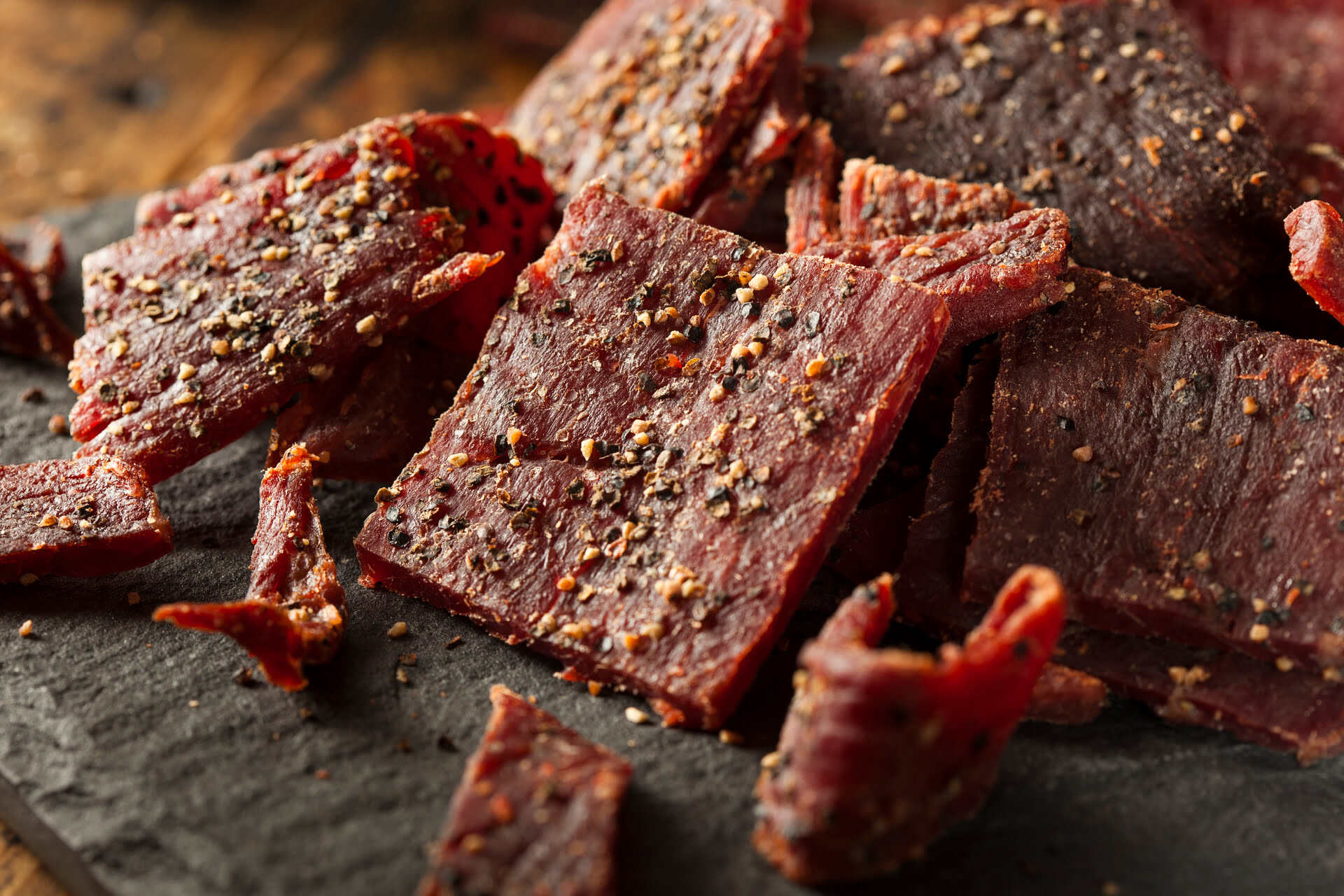
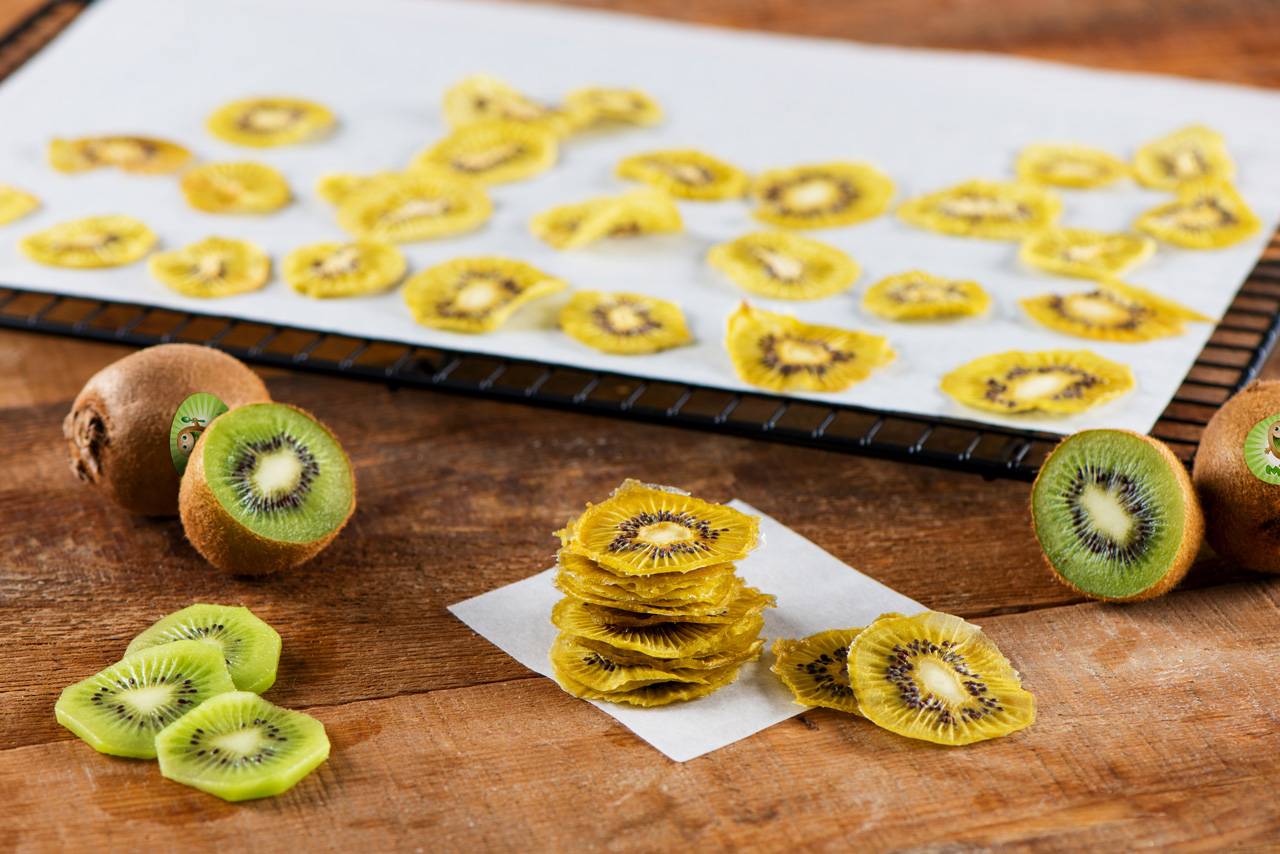

0 thoughts on “How To Store Dehydrated Foods”